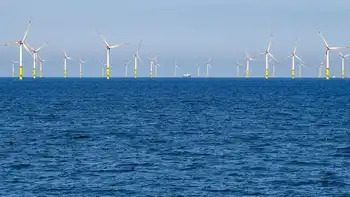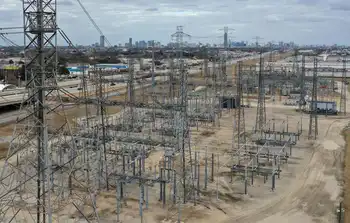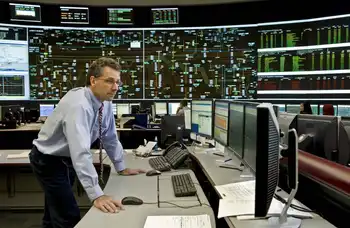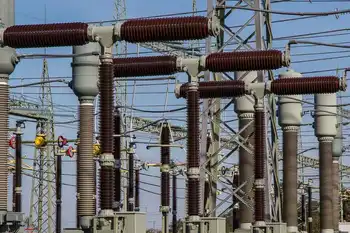Dutch adding more wind turbines
By Reuters
NFPA 70e Training
Our customized live online or in‑person group training can be delivered to your staff at your location.

- Live Online
- 6 hours Instructor-led
- Group Training Available
That is why a new Dutch wind farm is being built so far out to sea that it is barely visible on the horizon, reducing the visual impact of its 60 turbines to virtually nil while at the same time harnessing higher offshore wind speeds.
Offshore wind farms are likely to appear more and more frequently off European coastlines as governments seek to increase their use of renewable energy without angering their citizens by placing giant turbines on their doorsteps.
The 383-million Euros ($549-million Canadian) Q7 wind park development, 23 kilometres from the Dutch North Sea coast, is the farthest offshore wind park anywhere in the world, and its developers Econcern and Eneco Energie say a further five to 10 such wind parks will likely follow in the next few years.
"Q7 will contribute enough electricity for 125,000 households, but it is also a learning process. We are learning how to build these wind farms, how to organize the supply chain, and how to manage and operate them," said Bernard van Hemert, one of the wind farm's engineering directors.
"Most campaigns against turbines are based around the noise and the visual impact, and these have been reduced by going offshore. It is more expensive to do it here than to do it on land, but we have all agreed we don't have enough space on land," Mr. van Hemert said.
Blessed with shallow sandy soils around their coastline, Dutch engineers say the foundations for the turbines can be hammered 25 metres into the ground in just a matter of hours, although there are myriad other challenges.
The proportions are breathtaking. The turbines extend about 98 metres from the ocean, with three sharp narrow blades, each 40 metres long.
It is hoped that when they start rotating in early 2008 they will cut carbon-dioxide emissions by 225,000 tonnes, helping the Dutch to meet a target of 20-per-cent renewable energy use by 2020.
The turbines are so massive that they can be transported only by sea and there is only one factory in Europe which can weld and construct the 4.5-metre-diameter piles, which must be first driven into the sea to form the base of the turbines, Mr. van Hemert said.
"It is a huge logistical operation that requires lots of space. There are only a few crane vessels that can handle those huge structures and hammer them down.
"But bringing up the cables is the most challenging for all offshore wind projects."
Expert divers are helping to fit the electrics.
Developers have also had to ensure that the wind park is well away from busy shipping channels.
"Studies in the United Kingdom have shown that there can be some radio interference but in the situation we have here it is completely safe and there is no risk of confusion or reduced visibility for vessels."
Jim Mollet, chairman of a Dutch group campaigning against wind energy acknowledges off-shore wind farms have some benefits over land-based wind turbines.
"They can be a better solution. But the problem is people tend to believe they are an entire solution. We think the vast sums spent on wind farms would be better spent on research and innovation in other energy sources."
Wind farms cannot generate the sheer amounts of energy the continent requires with cost or space efficiency, he added.











